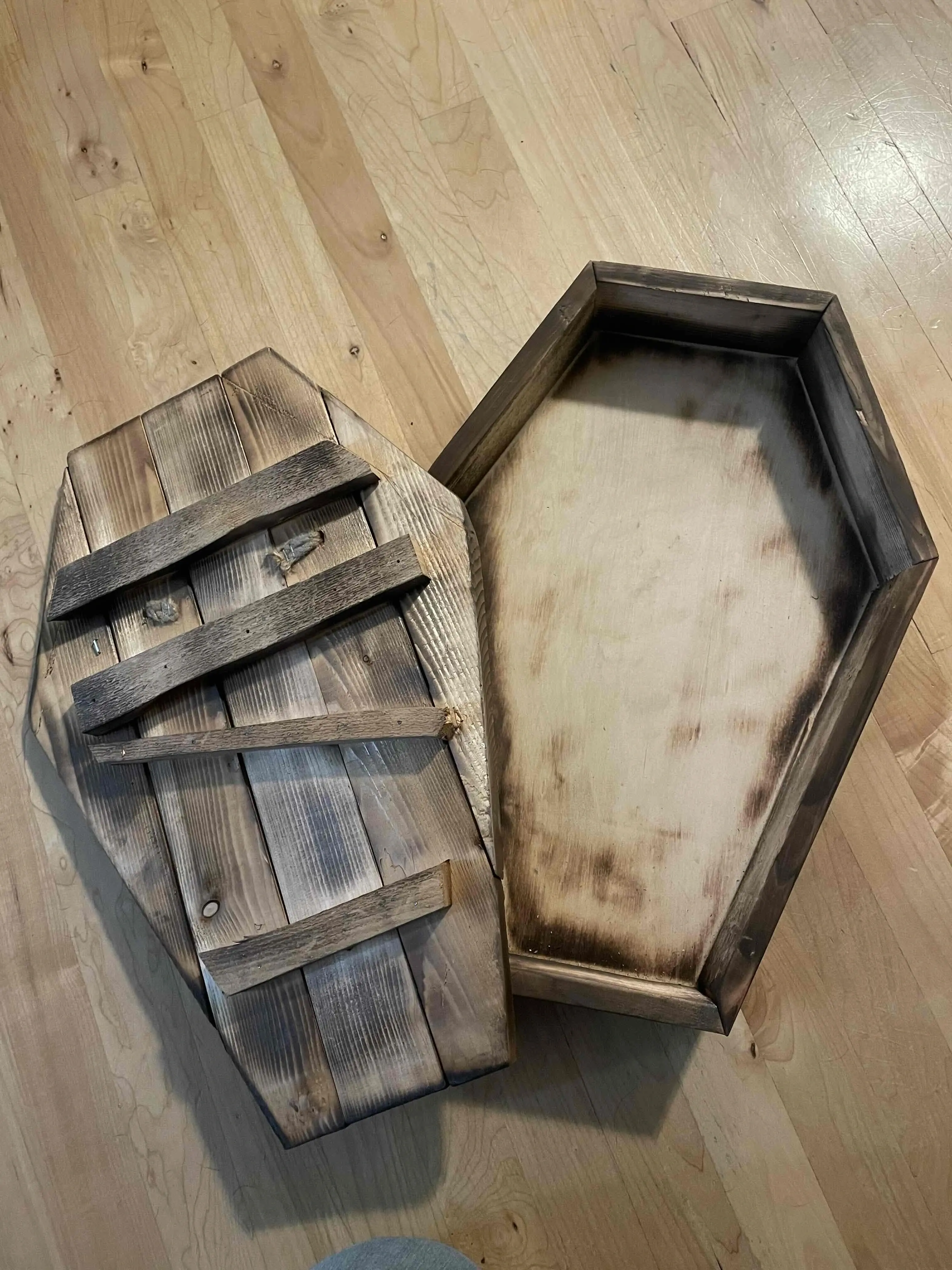

I can’t recommend an all-in-one primer, but if you want to look up guides independently, you’ll probably be most interested in these tools/services:
- a Usenet host (paid. they’re largely the same. Look for deals)
- a Usenet indexer site (analogous to a Pirate Bay type search engine). I like nzbgeek but there are hundreds. Many require a small annual fee and this may be worth it to you, but you can use free ones to test your initial setup.
A Usenet indexer is going to let you download .nzb files, which is analogous to downloading .torrent files from a torrent indexer. The nzb describes what posts in what newsgroups contain the files for a particular release.
- SABnzbd (download client, analogous to a torrent client like Transmission)
- browser plugins to simplify clicking an nzb download link and sending it to SABnzbd (not always needed if you’re running everything on your local machine, but important if your SAB instance runs on another server or in a Docker container)
If you’re looking to set up some extra infrastructure for automating a lot of steps, there’s also web apps to cover a ton of video use cases, like:
- Sonarr and Radarr (for monitoring specific tv shows and movies and automatically searching for nzbs, downloading them, and moving them to a final home on disk)
- Plex or Jellyfin (for providing a Netflix-like UI you can use to look for something to watch and then stream it to your browser/phone/TV)
- Overseerr (for a single interface to look for shows and movies and have them automatically added to Sonarr/Radarr.
I’d highly recommend setting up Docker and putting all of these apps into separate containers. Linuxserver creates easy to setup and update Docker packages for all these things. It’s also a great resource for finding other web apps you didn’t know you needed.






Sonarr and Radarr are there for managing your requests, so they’ll handle things like downloading it when it’s available (either because it’s a new release or because the torrent/nzb weren’t readily available at the time you added it), upgrading an existing file to a higher quality version if it becomes available, sourcing a new copy if you mark the one it found as bad (e.g. huge, hard-coded Korean subtitles ruining your movie).
If you’re trying to find new stuff based on vague conditions (like “90s action movie), I don’t think any of the self hosted apps are a huge help. You’re probably better off sourcing ideas from an external site like IMDb or tvdb (maybe even Rotten Tomatoes?). Those sites maintain their own rich indexes of content and tags, whereas the self hosted stuff seems to be built more around the “I’ll make an api request once I know what you’re looking for”, which sucks when you don’t really know what you’re looking for.
I think there are even browser extensions for IMDb that will add a button to the IMDb movie page letting you automatically add it to Radarr if you like the look of it.